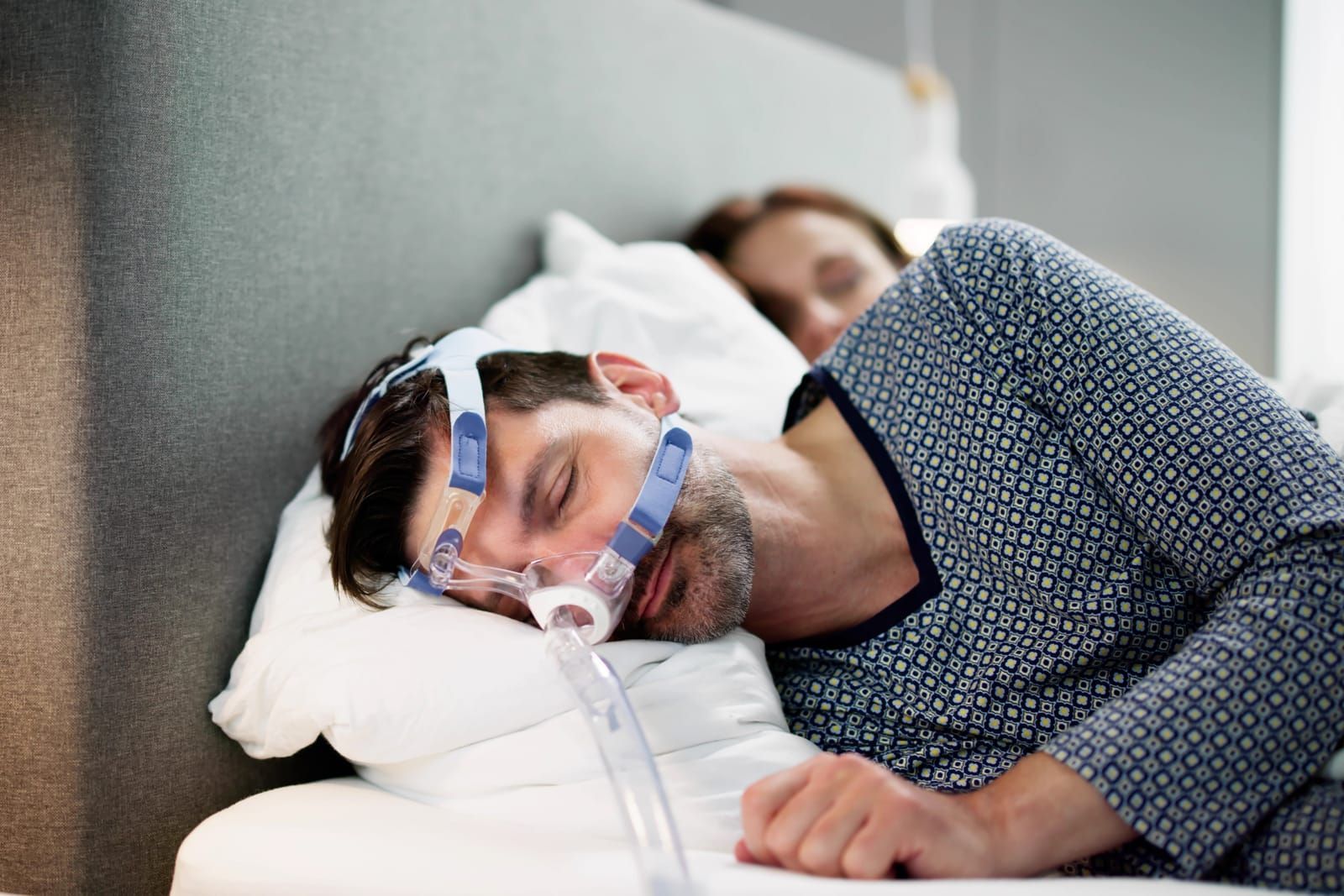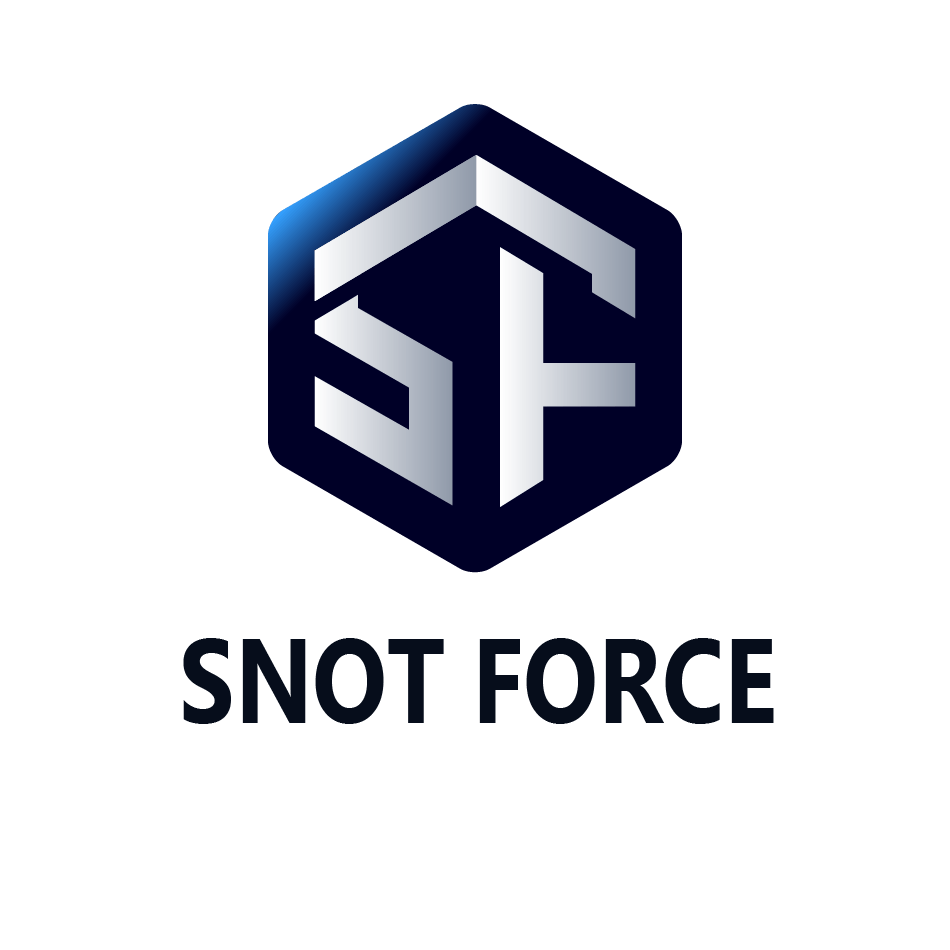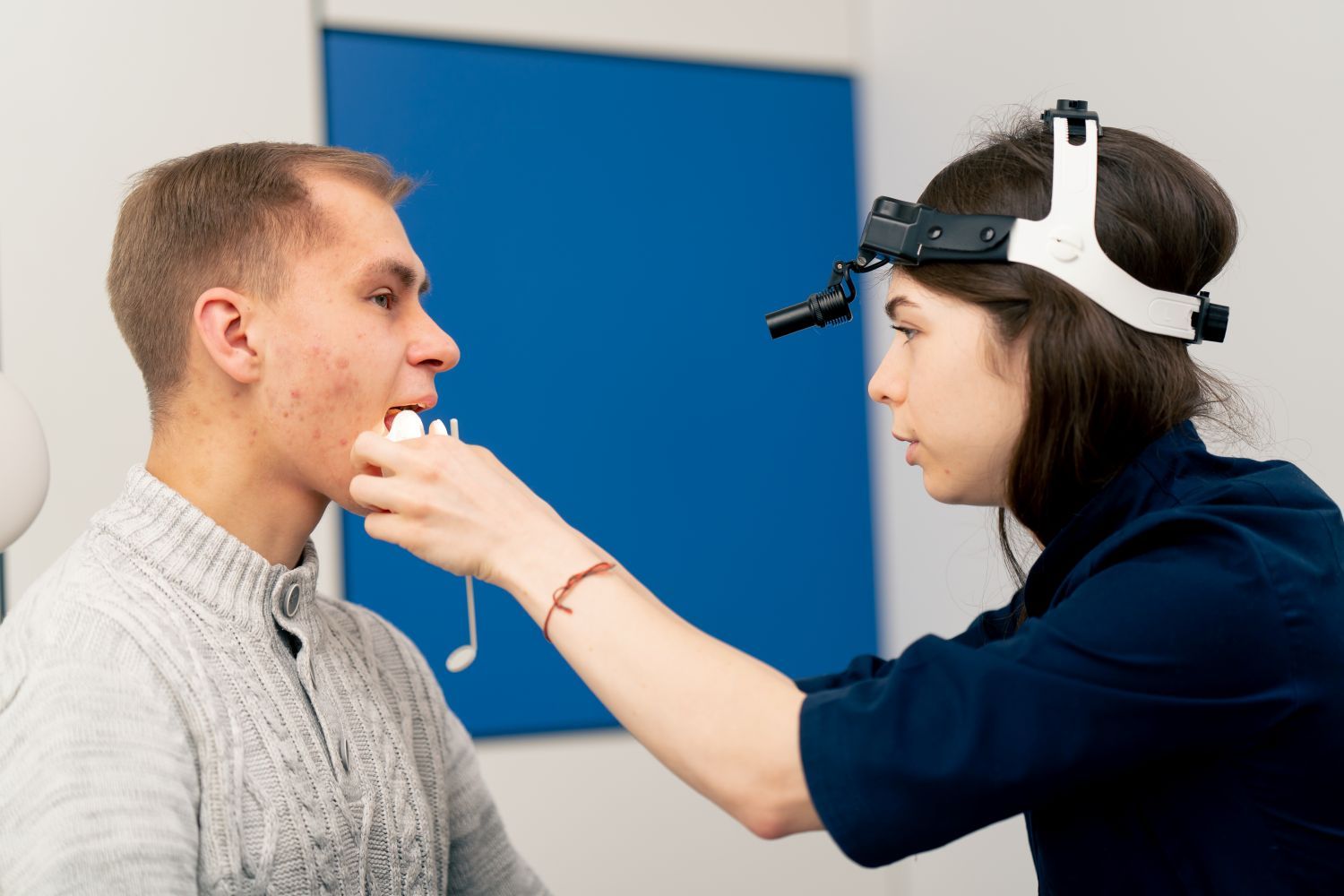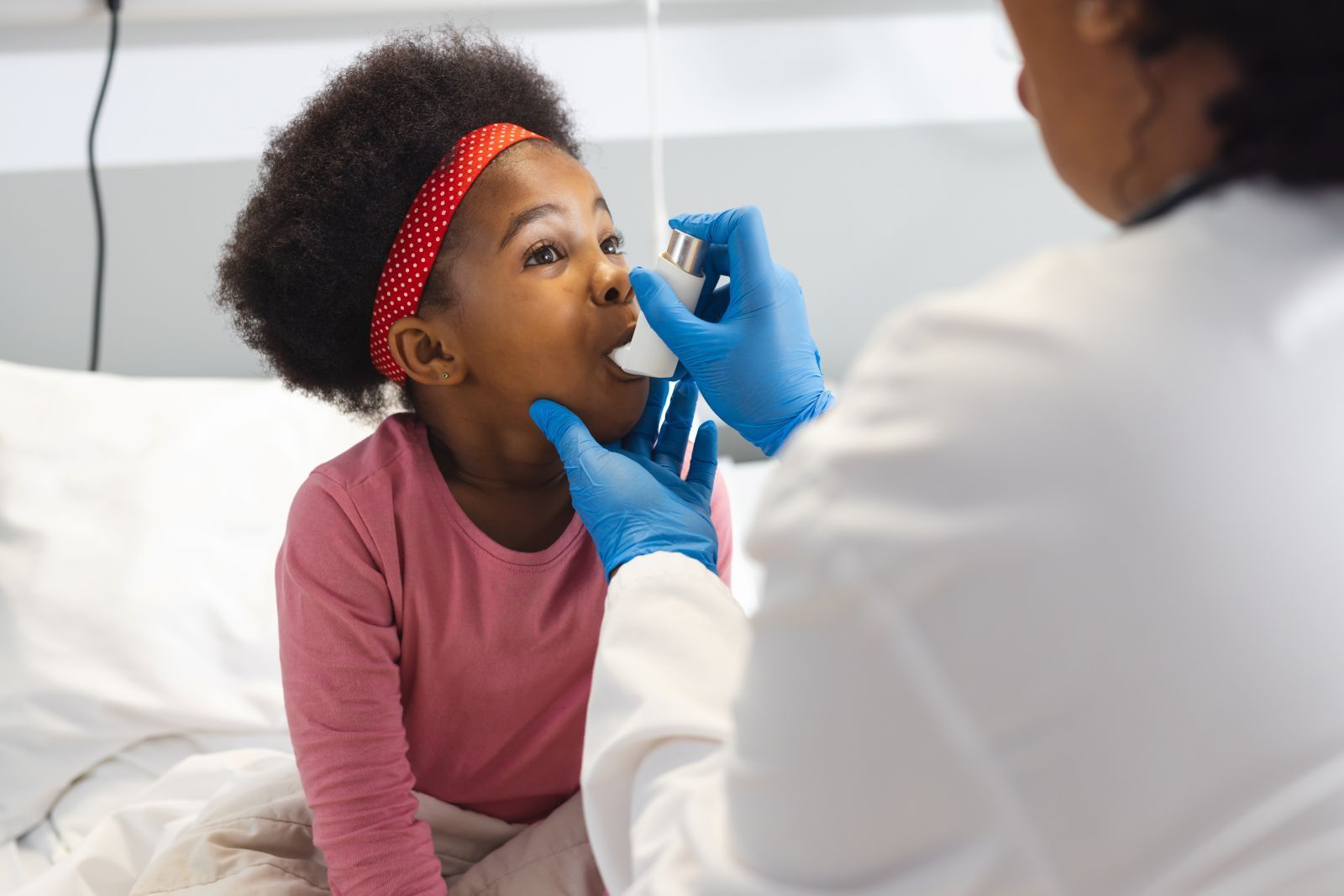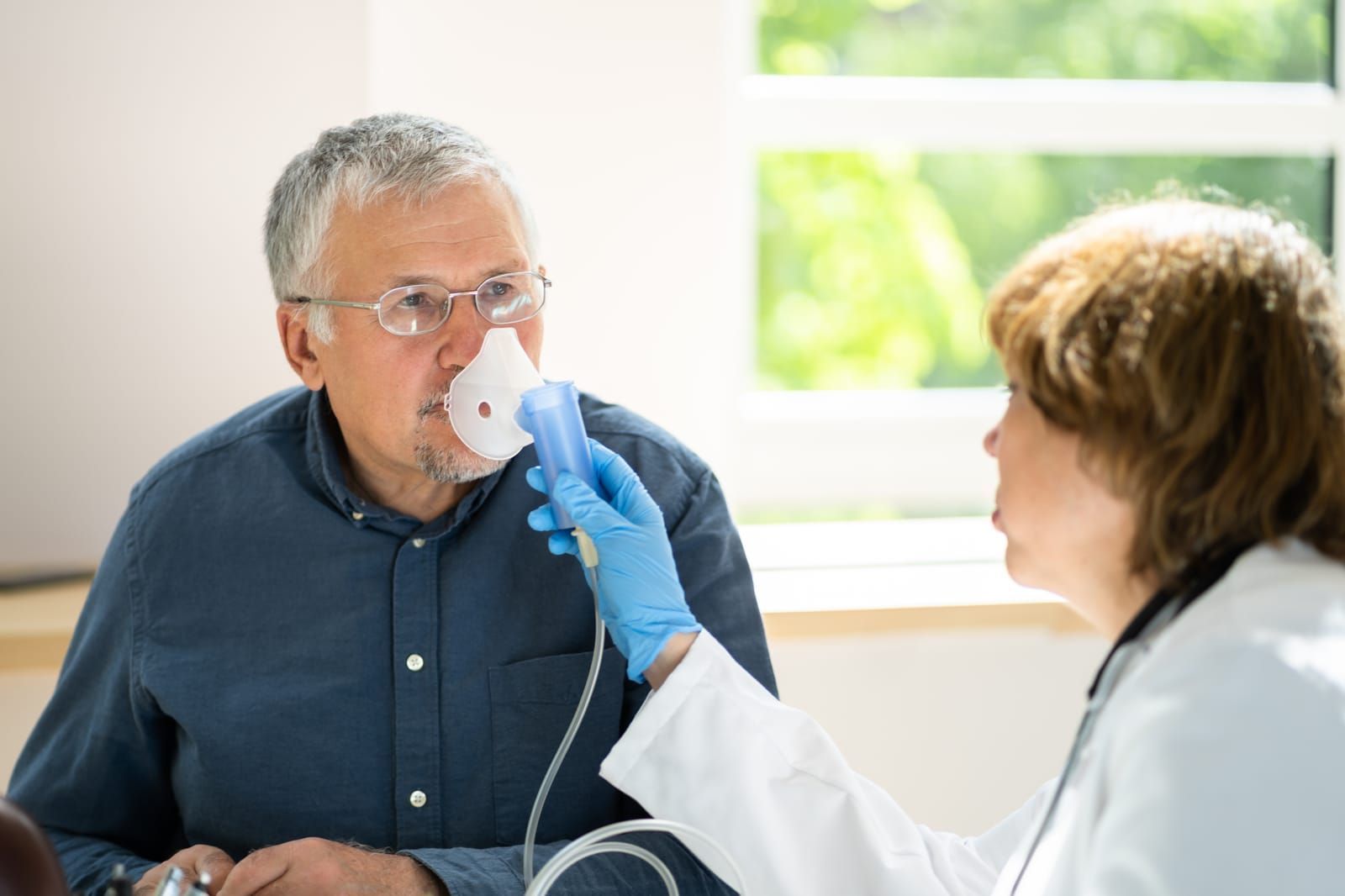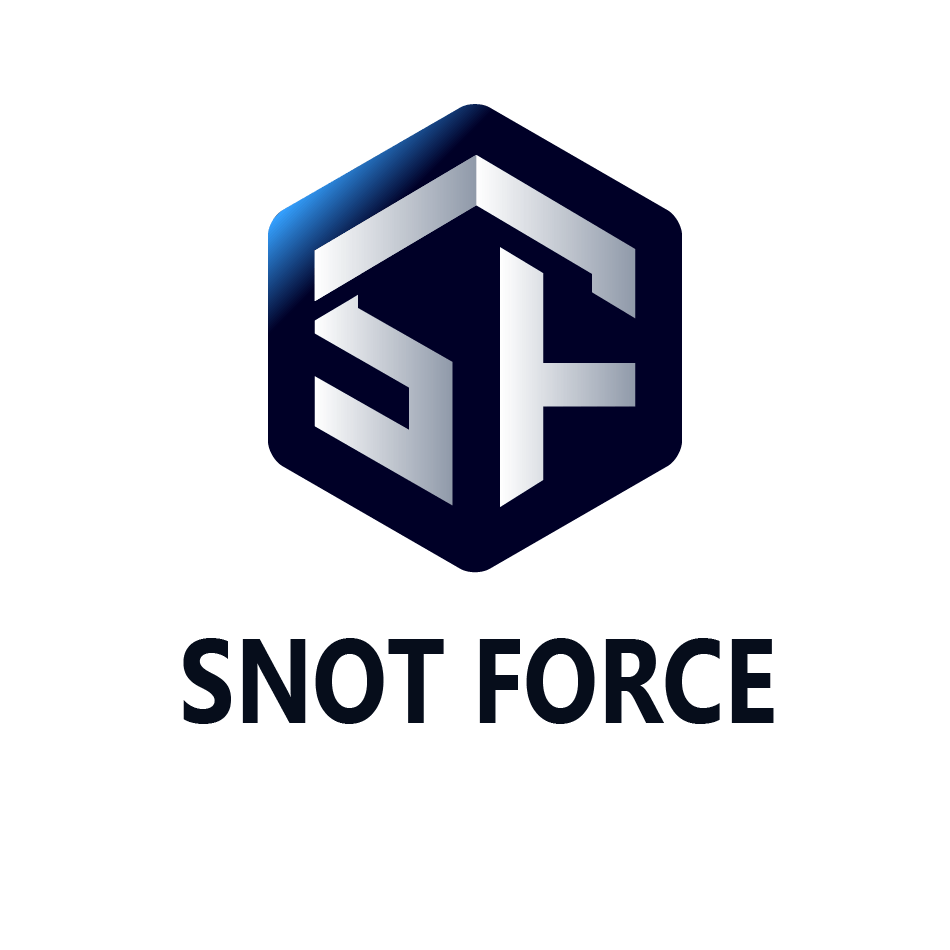What Is Fungal Sinusitis?
Sinusitis, or the inflammation of the sinuses, is a common condition that has many different presentations. This includes fungal sinusitis, which may be non-invasive (where the fungus stays put in the areas of the sinuses) or invasive (where the fungus spreads to nearby tissues and does not stay put in the sinuses).
Let’s look a little more closely at what fungal sinusitis is, the difference between bacterial and fungal sinusitis, and how fungal sinusitis is managed.
What Is Fungal Sinusitis?
Fungal sinusitis is a type of infection notable for the presence of a fungus growing within the sinuses. The vast majority of fungal sinusitis is non-invasive and is not life threatening. The most common symptoms of non-invasive fungal sinusitis include nasal congestion, a runny nose, a loss of smell (or a bad odor that lingers in the nose), and pain or pressure felt in the face. For those with a compromised immune system, invasive fungal sinusitis can be life threatening and symptoms might include numbness in the face, swelling of the cheeks or eyelids, and even color changes in the skin (to either pale or black). As with other types of sinusitis, the best treatment is often surgery or a combination of surgery and medical therapy.
What’s the Different Between Bacterial and Fungal Sinusitis?
Of the two types of sinusitis, bacterial is much more common. Both bacterial and fungal sinusitis may require medication or surgery to see a full recovery.
Fungal sinusitis may cause a severe inflammatory reaction to fungus in the involved sinus. Allergic fungal rhinosinusitis (AFRS) is a condition that includes allergy to fungi and nasal polyps. This kind of chronic sinusitis is not invasive but can cause problems to surrounding structures, such as the eyes or skull base.
Some fungal sinusitis is invasive. Acute invasive fungal rhinosinusitis often presents in immunocompromised people and can be life-threatening. Chronic invasive fungal rhinosinusitis is often longer lasting process that sometimes is seen in otherwise healthy individuals.
How Is Fungal Sinusitis Diagnosed?
Nasal endoscopy and CT scan of the sinuses is often required to get more detailed images of the sinuses. A CT scan can be particularly helpful if you are looking for the type of fungal sinusitis that presents itself as a fungal ball or are concerned about invasive disease. Endoscopy can let you get a camera into the nose and sinuses for visual proof of sinusitis. Endoscopic sinus surgery is the most common recommendation for fungal sinusitis. Medication such as corticosteroids and antifungals may be helpful to reduce inflammation from fungal sinusitis. Invasive fungal rhinosinusitis often requires a combination of surgery and antifungal therapy.
Snot Force Alliance is a group of airway, nose, and sinus professionals who have the same goal: to improve the experience and treatment of their patients. Join us today and become part of our amazing alliance!
